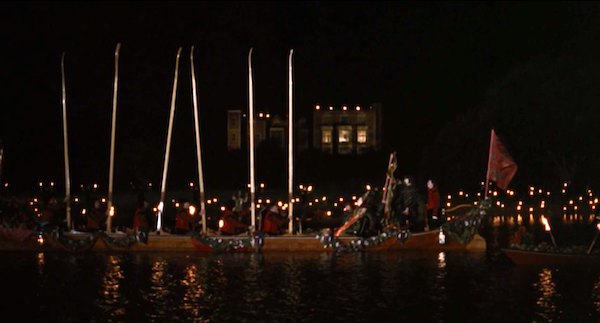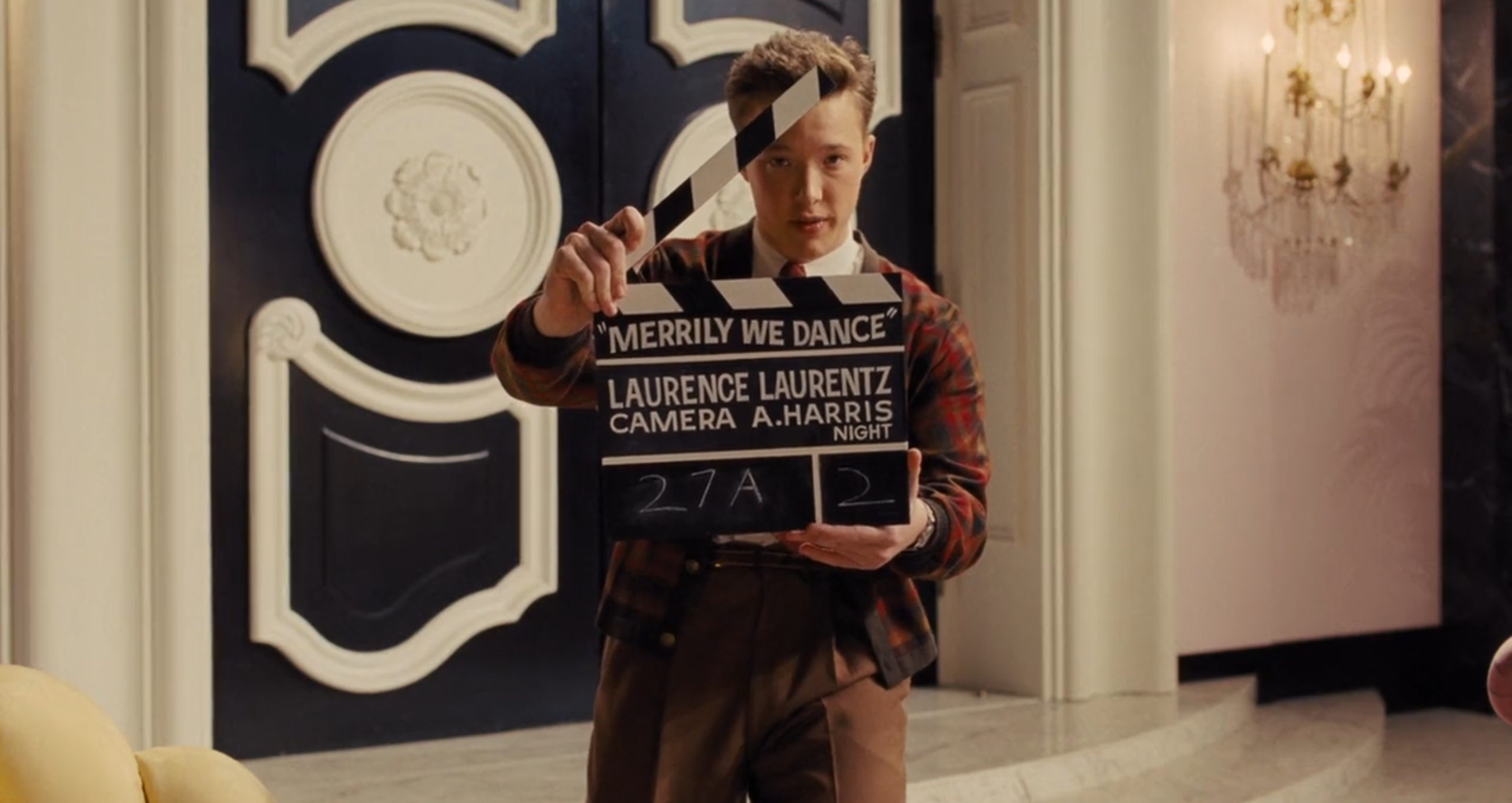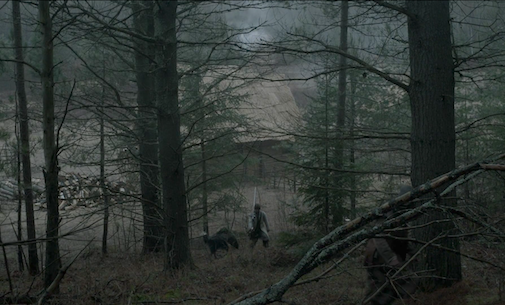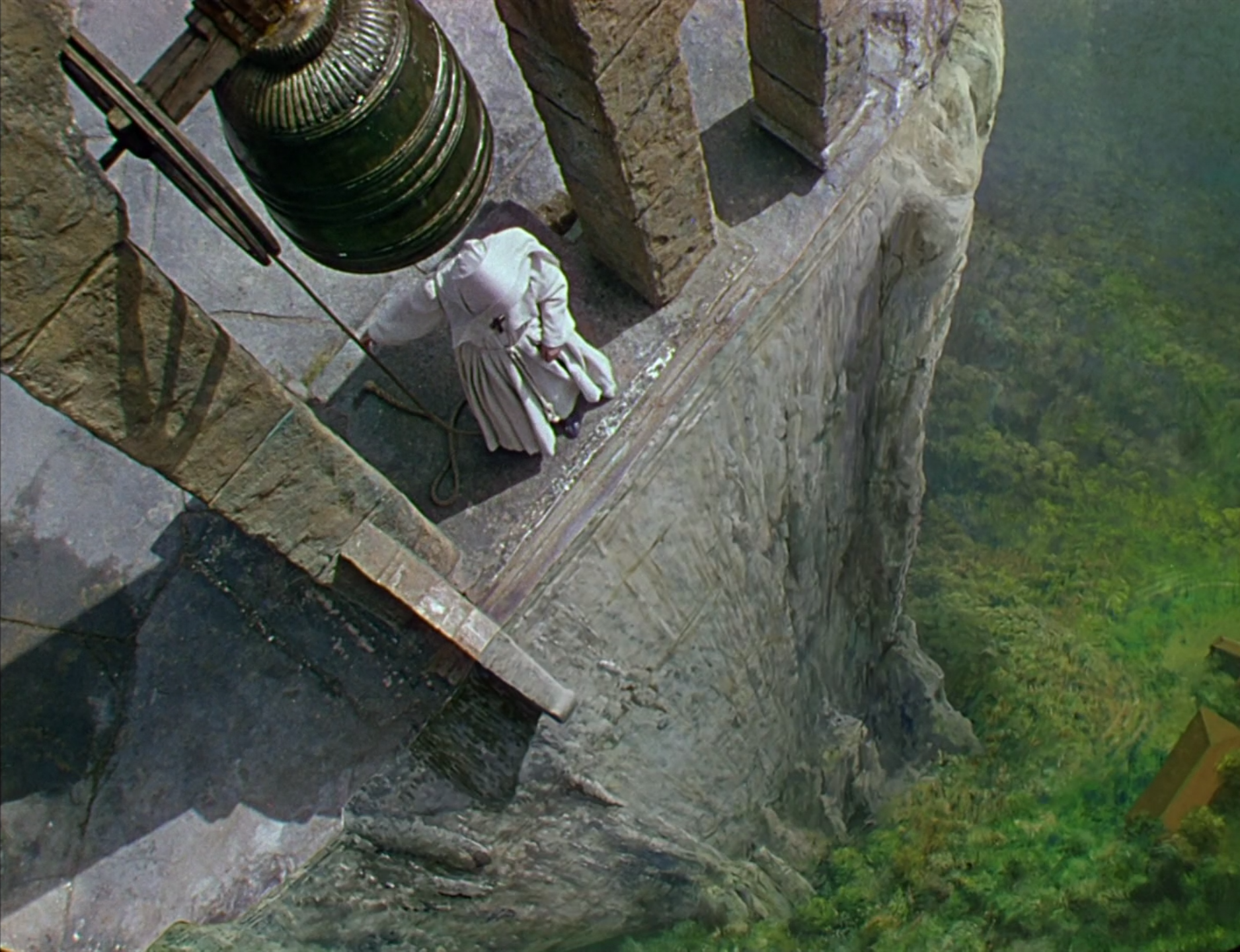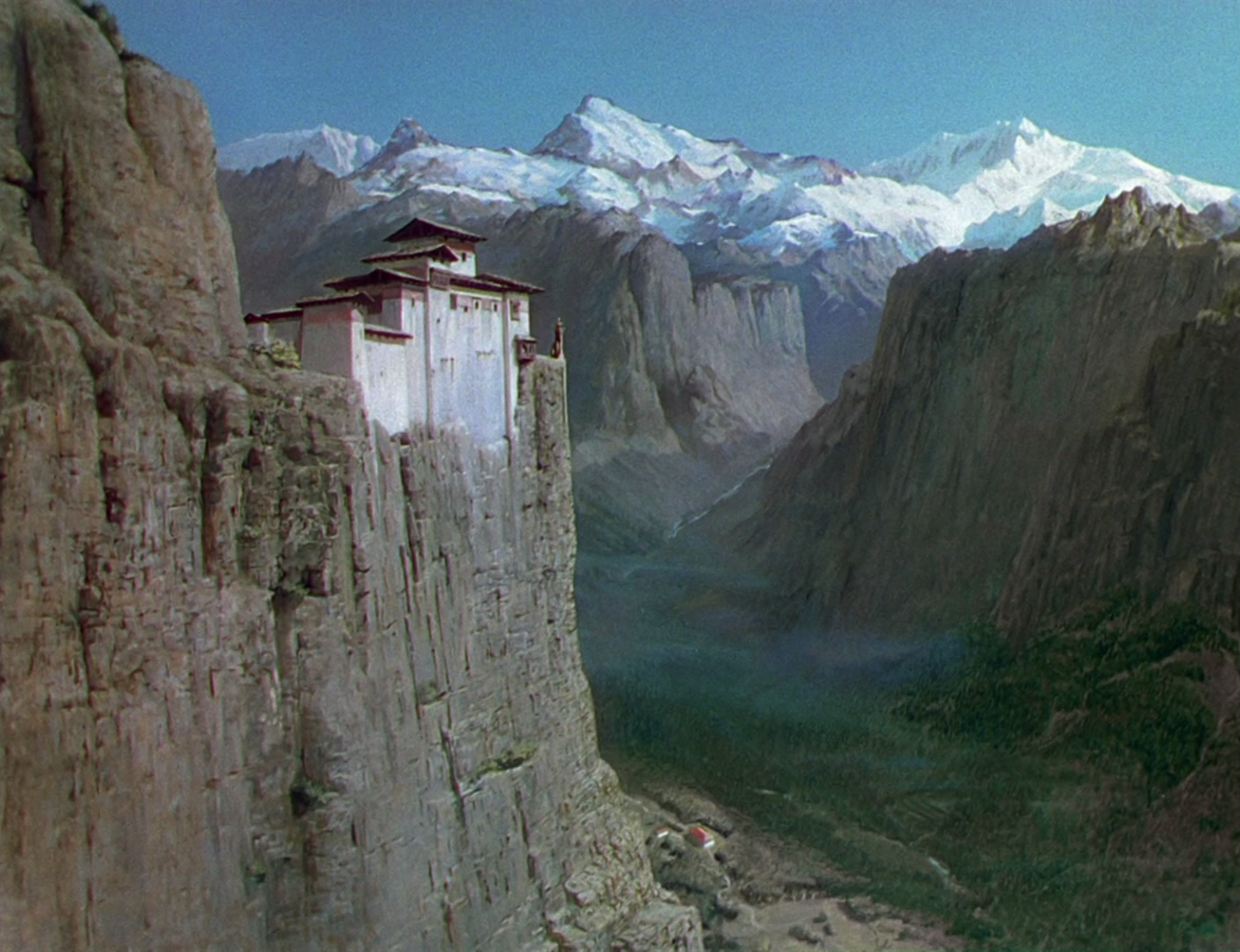The Furniture: Orlando's Otherworldly Pageantry
 Monday, June 20, 2016 at 11:30AM
Monday, June 20, 2016 at 11:30AM "The Furniture" is our weekly series on Production Design. Here's Daniel Walber...
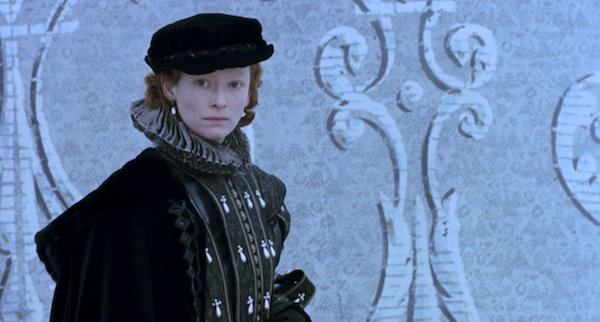
Sally Potter’s Orlando is a work of otherworldly character. It does not take place in a fantasy land or on a distant planet, but all the same it does not really seem to take place in our own reality. This might seem an obvious thing to say about a movie whose protagonist is an Elizabethan nobleman (Tilda Swinton) who lives for centuries and abruptly becomes a woman midway through the story, but there’s more to it than that. Its mood is one of near-anachronistic magic, built with a narrative logic that resists the strict signposts of linear storytelling, and lit by a shimmering queer sensibility.
Each of the film’s changing atmospheres has something quite specific to say. The central Istanbul section, filmed in the ancient walled city of Khiva, Uzbekistan, uses architecture to isolate Orlando in the disorienting fog of war. A later chapter, labeled “SEX,” wraps the Lady Orlando and her lover, Shelmerdine (Billy Zane), in the windswept Victorian fantasy of a Bronte novel.
But the singular triumph of the production design team, led by Ben Van Os (Girl with a Pearl Earring) and Jan Roelfs (Gattaca), is the Elizabethan first act. Here is when the young Lord Orlando is the most vulnerable, the most restricted, and the most confused. [More...]
